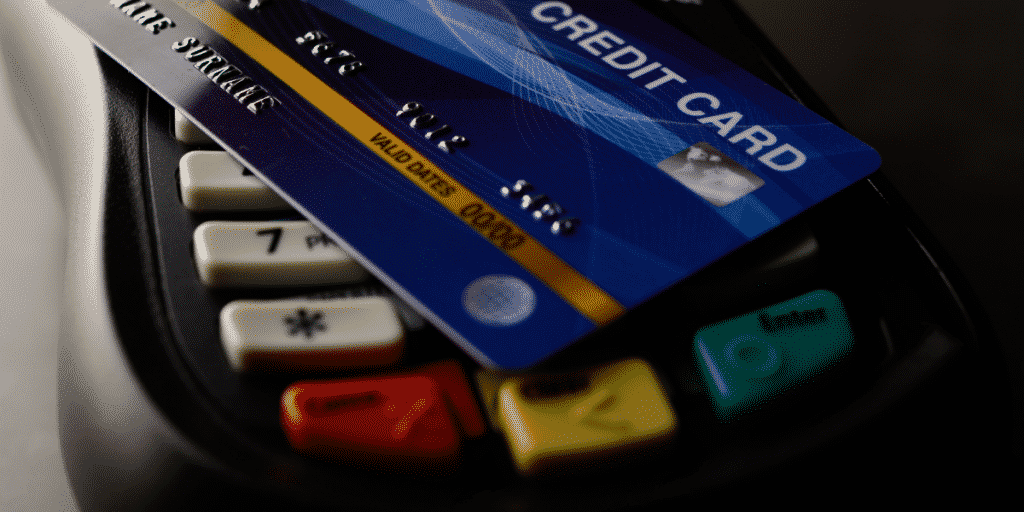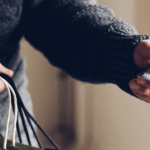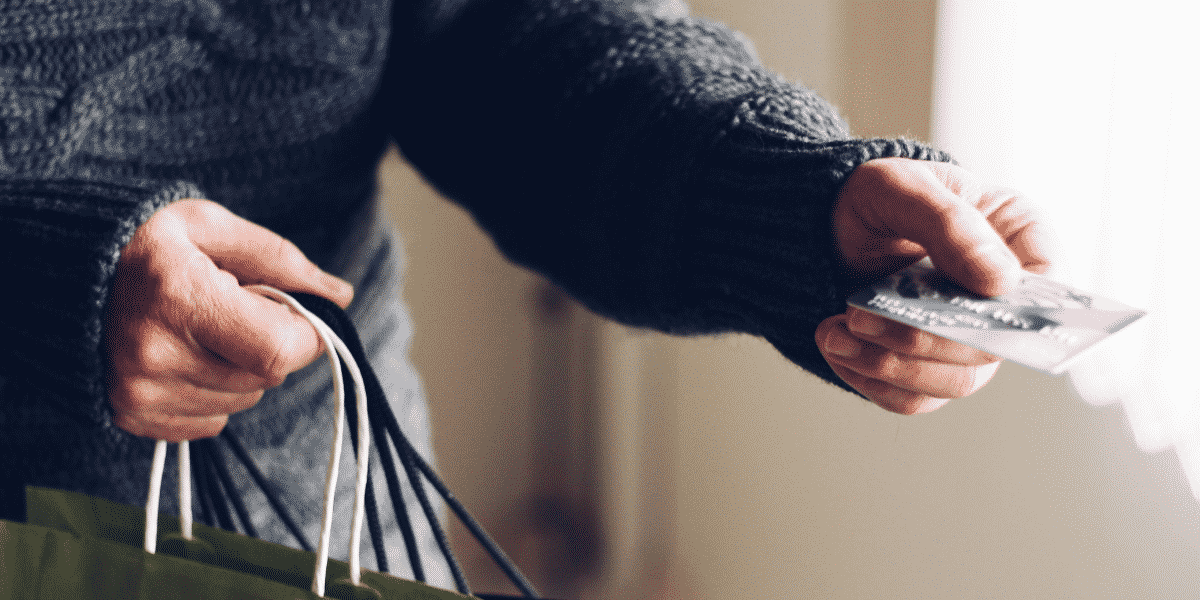Credit cards have made life easier. With just a click you can pay for your groceries, clothes, and bills amongst other things. According to the Federal Trade Commission, credit card theft was the most common type of fraud reported in 2020. The fraud takes place daily with tons of people falling victim to this heart-breaking experience.
How Does Credit Card Fraud Happen?
Credit card fraud occurs in different ways. The thieves use different tactics to get their missions done. For instance, a fraud might ravage through trash, find a discarded billing statement, then utilize your account information to purchase stuff.
Sometimes, a bank or retail website might get hacked and thieves might get your account information. They can then use this information to impersonate you and make purchases under your name.
These are only two of many occurrences that result from credit card theft. To protect yourself from such practices, here are some things you can do:
- Don’t give your account number to anyone through phone unless you know the organization
- Never write your account number outside your envelope
- Always keep your eyes open. Don’t forget to grab your card before walking away
- Don’t sign a blank receipt
Also, you can always invest in credit repair services for instant ‘credit pros,’ and enjoy multiple benefits.
Credit pros is a repair service that offers different services including identity monitoring, credit monitoring, budgeting help, and more. It has three repair packages, but also offers a fourth option that is, identity theft and credit monitoring.
The following are some measures to take and protect your credit card against hackers:
-
Beware of Unsecure Websites:
When a site is secure, there’s always a padlock at the top of the browser on the left side of your browser. When the URL address starts with HTTPS, this means the transaction is encrypted. Unsecured website address begins with HTTP.
Never enter your credit number on an unsecured website. For the record, if a business doesn’t care about their customers’ safety, it’s not worth being their client.
It’s also best to buy from places you are familiar with. If you aren’t, then conduct some research. Check on elements like their website design and if unprofessional, you can find your product elsewhere.
There are several eCommerce sites that are reputable and safe.
-
Only Use One Account for All Transactions:
As much as you might have several credit cards, use only one card for making your online purchases. Thus, you won’t be exposing multiple accounts to hackers. Also, you can easily check for any suspicious activities.
Some banks offer special cards for making online purchases. Set your card up to get notifications or email alerts each time a purchase is made through your card. If possible, always checkout as a guest when making a purchase. Don’t create accounts that will store your information in a profile.
-
Don’t Make Financial Transactions Using Public Wi-Fi:
Public Wi-Fi is not safe for any of your transactions. It makes you vulnerable to attackers as these networks are often unencrypted. Thieves may be hanging around, waiting for the unsuspecting victims before striking. They then access your confidential financial information, account data, banking credentials, and other sensitive data.
Before you make any transaction, ensure you are in a secure network. Nevertheless, you can still use public wi-fi, but ensure to use VPN or virtual private network.
For this, you can opt for a capable residential proxy, which will conceal your IP address. Instead of showing your real IP address, a residential proxy will mask that and show a different IP address. It will be a mediator between you and the internet. Because of this, hackers won’t track your activity to keep your information safe from shameless thieves.
-
Use Mobile Payment Apps:
Although the threat still exists, your credit card is unlikely to be skimmed at. You can increase your credit card fraud protection using mobile app payments like PayPal, Apple Pay, and Samsung pay.
These apps use a technology called tokenization. They allow you to pay without the need of exposing your actual credit account number. In case your transaction information falls on the wrong hand, you still become safe.
-
Credit Card Safety Matters:
Even with all the carefulness in the world, you could still fall victim to fraud. But, by always playing safe, you will reduce the risks of being attacked. Ensure you check your online financial accounts several times a week.
Check for any signs of fraudulent activities, and report them. The earlier you take action, the faster you’ll minimize the financial and emotional damage.
-
Check and Update your Credit Reports Regularly:

Reviewing your credit cards annually is important in ensuring all your reports are in order. Most credit bureaus give a free annual report after 12 months. Ensure that all data in your report are correct. A big credit error may mess with your credit score.
Check out for new accounts that you may not have opened. If you spot one, it could be a sign of credit card fraud, or possibly identity theft.
Notify your bank anytime you move. This way you will always get your receipts and any information at your new address.
Always update your operating system and other software. Updates patch security holes thus keeping you safe. Every time you receive a notification that an update is available, download it immediately.
-
Always Look Out for Skimmers:
Credit card thieves use a device called a skimmer and steal your card information. They hide these devices on fuel pumps and ATMs, then scan the data from the magnetic strip at the back of your credit card. Every time you pay for gas or use an ATM check out any signs of tampering. If possible, use an EMP chip credit card and not an ATM. Avoid any ATM site that might have alterations.
-
Create Unique Password:
You need to create complex and unique passwords for your banking accounts. Don’t access several accounts using the same login information. An ideal and effective password is long with components of both uppercase and lowercase letters, numbers, and symbols. Use memorable phrases that you won’t forget.
Wrap Up
You might or might not have fallen victim to credit card theft. Either way, always be careful with your account details. Report any suspicious case of fraudsters, and don’t share your account password with just anyone. Lastly, take necessary measures to stay on the safe side.


